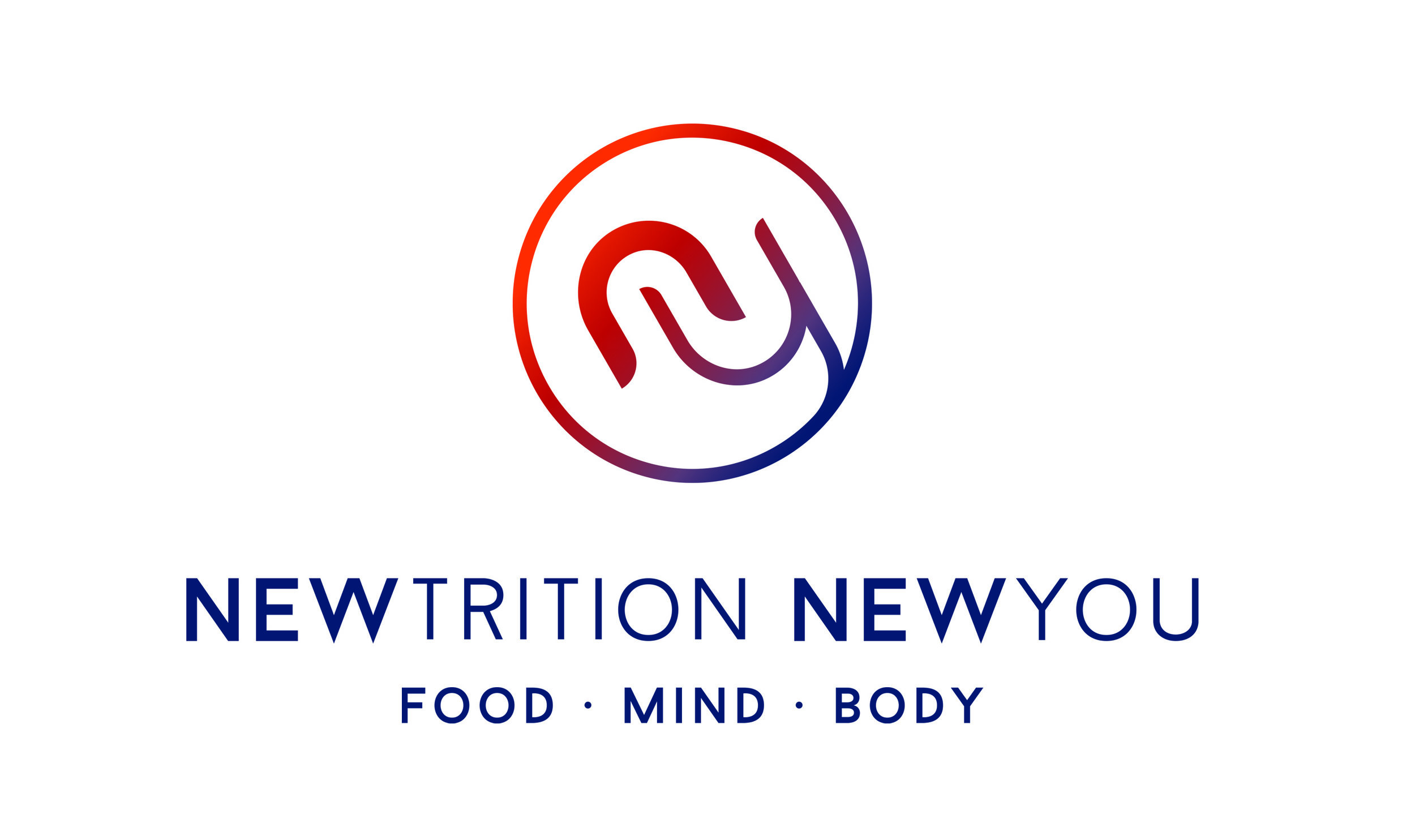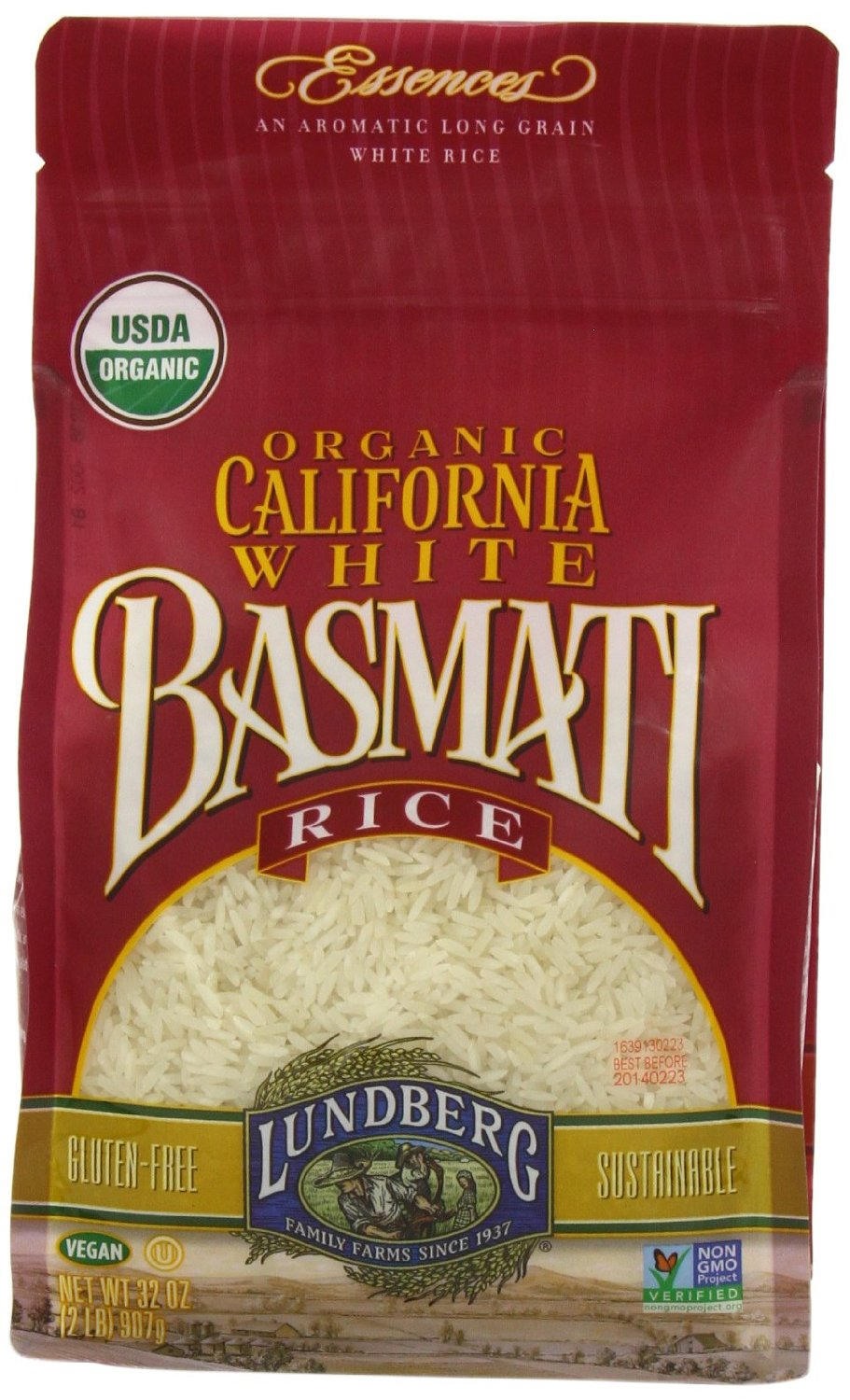White Rice or Brown? 3 BIG Reasons To Should Choose One Over the Other
Have you ever wondered why people in Asian countries don't eat brown rice and have been eating white rice for thousands of years? Well, it may surprise you to discover that not only is brown rice NOT better for you, but it can be downright dangerous to your health, especially if eaten regularly and given to children in the form of baby cereals or rice drinks.
I know that you’ve probably heard (over and over) that brown rice is better for you, but it’s simply not true. Before we go into the reasons why, let me preface with the fact that you shouldn’t really be eating rice, as it is not very nutritious, and is not a good source of vitamins or minerals. However, rice does have a function—providing a form of easily absorbable glucose, which makes it a good post-workout snack.
rice is not very nutritious, and is not a good source of vitamins or minerals.
But let’s say you love sushi and aren’t willing to give it up altogether, let’s look at the reasons you should always go with white rice over brown. Brown rice is:
1. Difficult to digest and highly irritating to gastrointestinal tract
What differentiates brown rice from white rice is that the bran and germ are still in tact. Although this makes brown rice slightly higher on the vitamin and mineral front, it also makes it much harder to digest.
First, the bran and germ can be so irritating to the digestive tract that eating it on a regular basis can lead to leaky gut syndrome, a condition which can be partially caused and definitely aggravated by grains such as brown rice, which can tear the lining of the gut and allow undigested food particles, toxins, bacteria, etc. to enter the blood stream. Leaky gut syndrome can lead to allergies, mental disorders, autoimmune diseases and many more health problems. Additionally, grain fiber plays a leading role in many gut related ailments, including colon cancer, according to Konstantin Monastyrsky, author of Fiber Menace.
2. Loaded with anti-nutrients, which block mineral absorption
Brown rice is loaded with phytates, which are anti-nutrients found in grains and legumes and very powerful blockers of mineral absorption in the gut. Phytates (or phytic acid), binds to minerals like zinc, copper, iron, magnesium, niacin and calcium and prevent them from being absorbed by the body, leading to mineral deficiencies. Phytic acid also inhibits pepsin and amylase, the enzymes necessary for breaking down protein and sugar, respectively. So not only does phytic acid prevent nutrient absorption, it also interferes with proper digestion.
LOSE 5 LBS IN 5 DAYS!
ProLon® Fasting Mimicking Diet is the first and ONLY scientifically designed and clinically tested weight loss program recommended by over 10,000 clinicians to benefit your health. It was developed by one of the world’s leading longevity scientists and patented for its healthy-aging effects.
Whether you want to lose a few pounds, promote cellular rejuvenation, maintain metabolic balance and healthy levels of systolic blood pressure, or just need a reset, this is a quick, fool-proof 5-day means to that end.
3. Contains significantly more arsenic
And then there’s that "little" issue of arsenic, a potent human carcinogen, which can be harmful to a child's developing brain and may contribute to many health problems later in life. Consumer Reports conducted extensive tests and found worrisome levels of arsenic in many types of rice products, including organic rice baby cereal, rice breakfast cereals, brown rice, and white rice. The study not only found a significant amount of arsenic in many rice products on the market, but also that arsenic levels in the blood directly increase with greater rice consumption. The worst part is that several of the products tested had more arsenic in each serving than the 5 parts per billion (ppb) limit for adults set by the EPA as safe.
Inorganic arsenic, the predominant form of arsenic in most of the 65 rice products we analyzed, is ranked by the International Agency for Research on Cancer (IARC) as one of more than 100 substances that are Group 1 carcinogens. It is known to cause bladder, lung, and skin cancer in humans, with the liver, kidney, and prostate now considered potential targets of arsenic-induced cancers.
Although arsenic is present in all types of rice, brown rice has significantly more arsenic than white rice. In fact, testing has shown that some brown rice brands contained at least 50% more than the safe limit per serving and a few even had nearly double the safe limit. You see, arsenic dissolves easily in water, so because it is grown in paddies, which are flooded with water, it can be exposed to higher amounts of arsenic than plants grown in drier soils. In a Dartmouth College study, rice grains were X-rayed to determine where arsenic is stored and found that arsenic concentrates in the germ, the very part that is removed to make white rice. This is why brown rice has significantly higher concentrations of arsenic.
It's important to mention that some of the worst offenders for arsenic are made from brown rice, such as brown rice syrup, brown rice pasta, rice cakes and brown rice crisps. Ironically, these processed products are commonly consumed by people who would describe themselves as eating "clean," or following a “healthy” whole grain rich or gluten-free diet. However, these food items pose a significant risk of arsenic overexposure, especially if a person eats more than one serving per day.
Worse yet is that the most recent tests conducted by Consumer Reports , based on 2013 data released by the FDA on the inorganic arsenic content of 656 processed rice-containing products, found that rice cereal and rice pasta can have far more inorganic arsenic than their analysis of the original 2012 data showed. According to the new data, just one serving of either could put kids over the maximum amount of rice recommended in a week. Same goes for one serving of rice cakes and rice drinks, which should NOT be given to children who are younger than five years old, especially not instead of milk. (See the new rice rules about weekly servings.) In fact, the when Consumer Reports asked the FDA for comment, they pointed out that parents should "consider options other than rice cereal for a child’s first solid food.”
Bottom Line
Brown rice is NOT a health food and should absolutely NOT be a dietary staple, or even eaten on a regular basis. It should be consumed rarely or avoided altogether, especially for children.
Not only is it important to distinguish white rice from brown rice, but it is equally important to know where your rice was made. Studies found that the highest levels of arsenic in U.S.-grown rice came from the Southern states, while the lowest levels were detected in rice grown in California.
So if you choose to eat rice, buy an organic rice that was grown in California. Lundberg is a good choice. Their Organic California White Basmati contains only 1.3 to 1.6 ppb arsenic per serving (1/4 cup uncooked), which is well below the safe limit. Additionally, what you do with the rice matters, too. Rinse your rice before cooking and boil it in a high water-to-rice ratio. This can help reduce the arsenic content significantly. and make rice a safe food to eat in moderation.
ABOUT THE AUTHOR
Victoria Gregory is an Integrative Nutritionist and founder of NEWTRITION NEWYOU. Her focus—whether with private clients, readers of her blog, or her followers on social media— is whole body wellness, incorporating whole-food nutrition, supplementation, exercise, toxin-free living, and mindset coaching. Victoria’s personal mission is to help make the world a healthier place, one person at a time, and she has helped thousands of people find joy and self-love through better eating habits and mindfulness. Learn more about Victoria.













